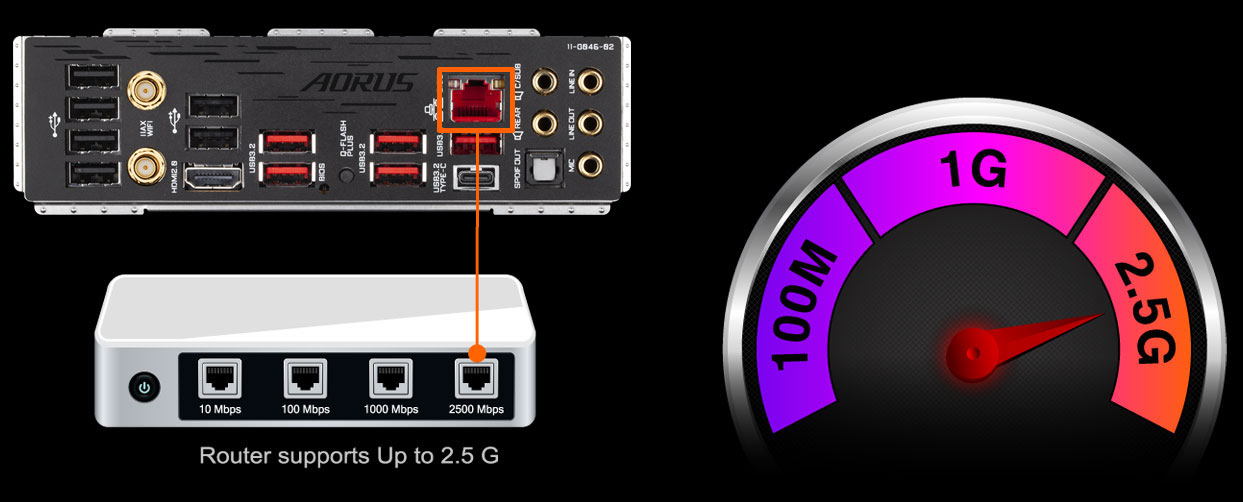

Signal levels typically range from -30 dBm (best signal possible) to -90 dBm (least signal possible). Such signals from other devices are just noise to yours. A client can be right next to an AP with excellent signal but be unable to keep a connection if the signal from another Wi-Fi or any other type of radio-frequency device is too great. Optimize the signal-to-noise ratioĪlthough some people only talk about signal levels when designing or troubleshooting Wi-Fi networks, you must consider more. So, try to find the root causes of any symptoms and be very intentional about the changes you make. If so, maybe you blindly add more access points (AP) and, not knowing that you already had interference, that can actually cause more interference. The symptoms of interference issues can easily be mistaken for symptoms of other, more apparent problems such as poor Wi-Fi coverage. Wi-Fi 6E: When it’s coming and what it’s good for.Five questions to answer before deploying Wi-Fi 6.
#Wifi interference test online how to
How to determine if Wi-Fi 6 is right for you.Test and review of 4 Wi-Fi 6 routers: Who’s the fastest?.Because there are so many possibilities, tracking down or fixing the interference can be quite a task, but knowing where to start can help. There can be interference from your own network or neighbor's, non-Wi-Fi wireless devices, microwaves, and even radar systems. Since Wi-Fi transmits over the airwaves, it’s of course much more susceptible to interference than the wired network.


 0 kommentar(er)
0 kommentar(er)
